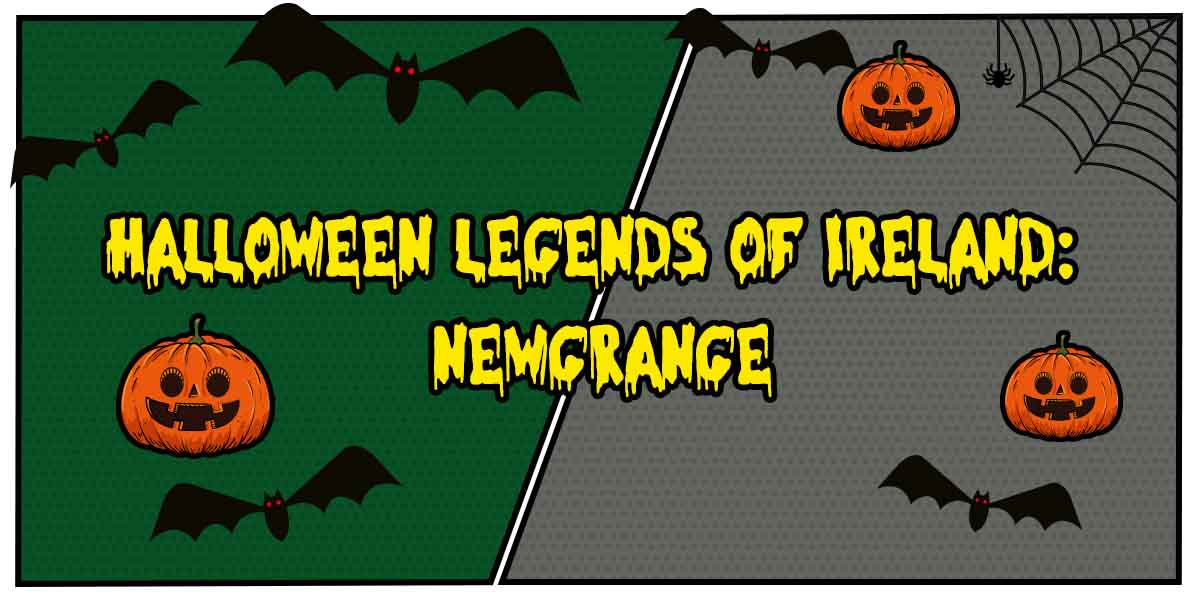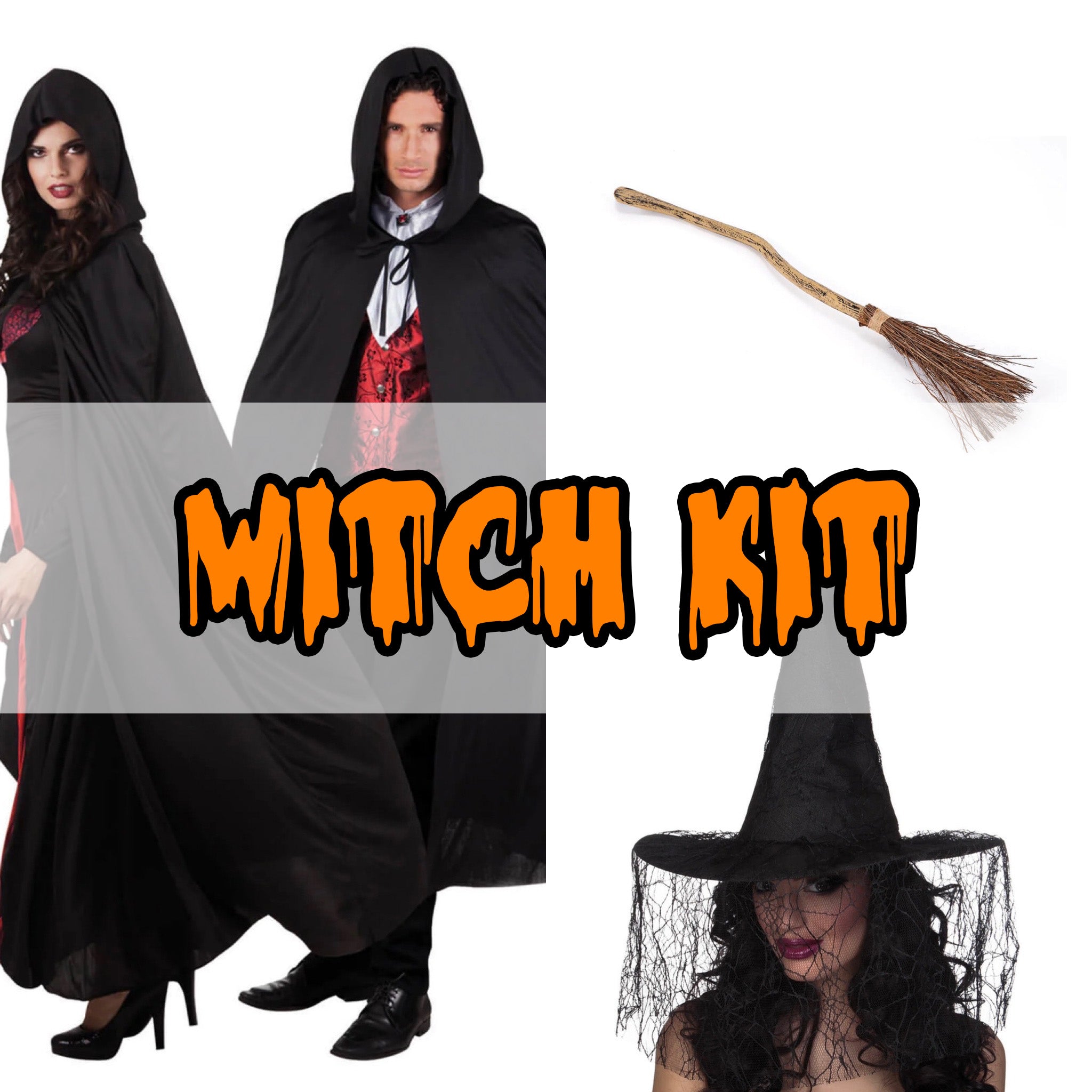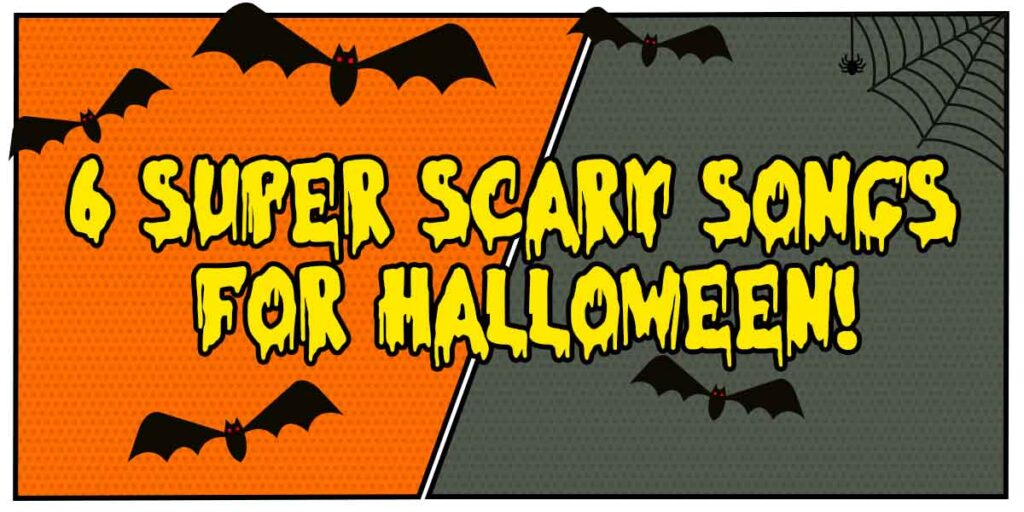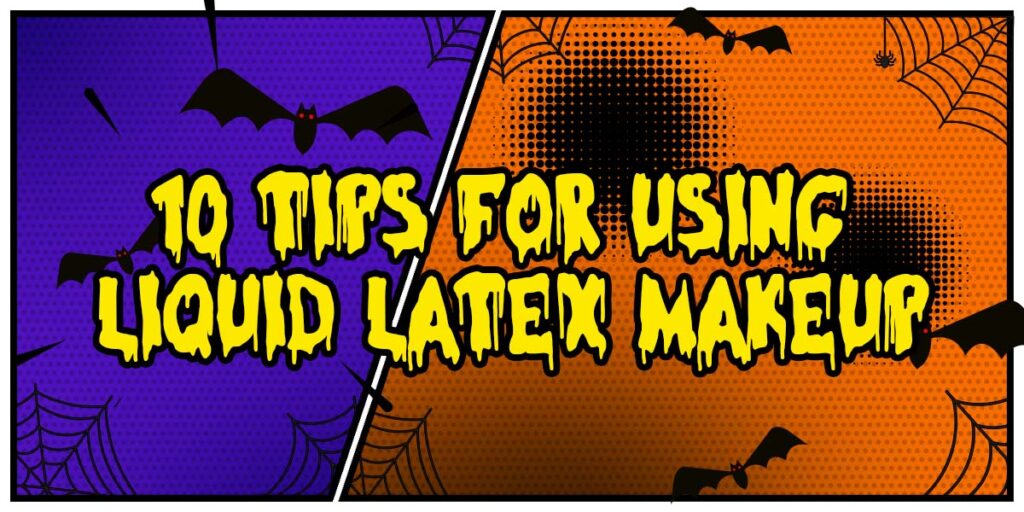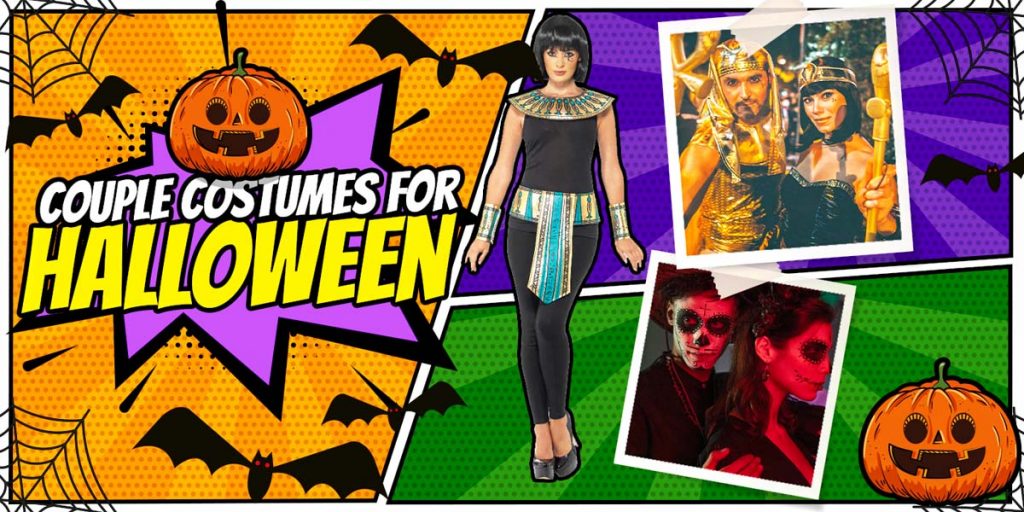A Hauntingly Magical Connection to Halloween in Ireland
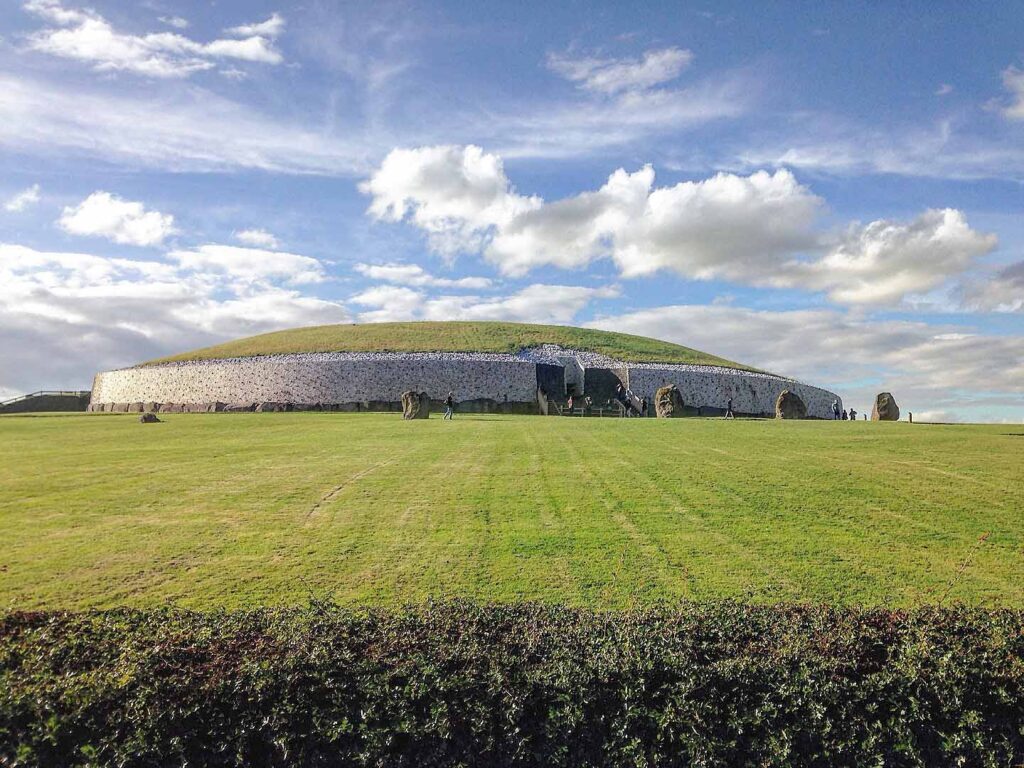
Ireland, our lovely land steeped in rich history, ancient traditions, and all in all great fun, boasts a remarkable connection between one of our most iconic historical sites, Newgrange, and how we currently enjoy Halloween in Ireland. While Halloween may conjure images of pumpkin carving (and that weird Jack O’Lantern) and halloween costumes, its roots delve deep into Irish soil, intertwining with the mystical and enigmatic history of Newgrange. In this article, Fun Place will explore the fascinating connection between Newgrange and Halloween, shedding light on how our past and present converge in a celebration of Ireland’s cultural heritage.
What is Newgrange?
Here we go… Newgrange is a Neolithic monument located in the Boyne Valley of County Meath, Ireland. Constructed over 5,000 years ago, this incredibly spooky ancient passage tomb predates both Stonehenge and the Great Pyramids of Giza, making it one of the world’s oldest surviving structures, all on our lovely little island at the foot of the Atlantic! The monument consists of a massive circular mound, 85 meters in diameter, and a long passage leading to a central chamber. What really sets Newgrange apart and makes it so bonkers is its celestial alignment, where, during the winter solstice, a narrow beam of sunlight penetrates the tomb’s inner chamber, illuminating the sacred space for a brief moment. Was this planned? Was it by design? or is it just the co-operation of chance!? 😱 Find out below…
Newgrange’s Alignment and the Winter Solstice
Newgrange’s alignment with the winter solstice is nothing short of an architectural marvel. The passage and chamber were meticulously designed to capture the rising sun’s first rays on the shortest day of the year, December 21st. This moment is jam packed with symbolism, signifying the rebirth of the sun, the return of longer daylight hours, and the promise of a lovely Irish spring. It was a profound event in the lives of the Neolithic people who built Newgrange, and it continues people everywhere and it’s a must see when / if you travel to Ireland.
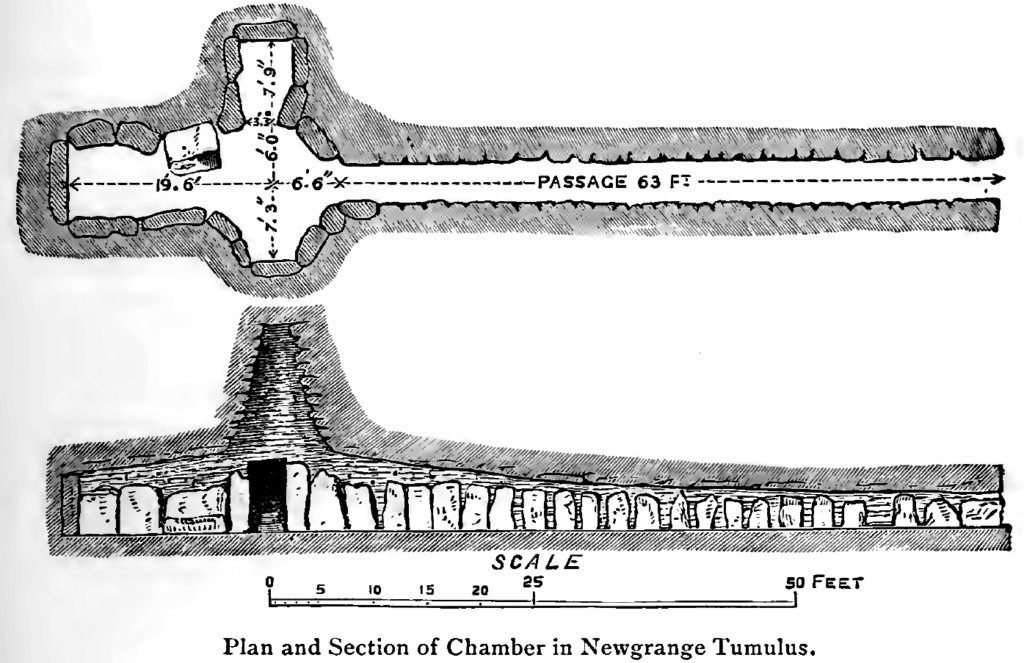
Halloween: Samhain’s Modern Incarnation
In Ireland’s ancient Celtic past, the festival of Samhain marked the end of the harvest season and the beginning of winter. This celebration, which took place around the same time as the modern Halloween, was a liminal period when the boundaries between the living and the dead were believed to be blurred. People lit bonfires and wore costumes to ward off evil spirits and offer protection against the approaching darkness and gloomy Irish winter.
Samhain’s significance is echoed in Halloween traditions today. The practice of wearing Halloween costumes, lighting bonfires, and carving jack-o’-lanterns can all be traced back to the ancient customs of Samhain. In fact, the term “Halloween” itself is derived from “All Hallows’ Eve,” the night before All Saints’ Day, a Christian holiday that incorporated elements of Samhain when it was introduced to Ireland.
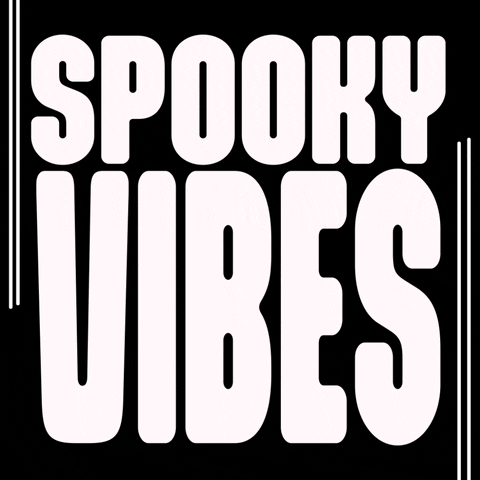
The Connection Between Halloween and Newgrange
The connection between Newgrange and Halloween is rooted in the shared themes of death and rebirth. Just as the winter solstice at Newgrange marked the return of the sun and the promise of new life, so too does Halloween celebrate the cycle of life and death. It is a time when the veil between the living and the dead is believed to be at its thinnest, allowing for communication with departed spirits.
The celebration of Halloween in Ireland has evolved to encompass both ancient Celtic traditions and modern influences from around the world an over 2,000 years ago. Yet, at its core, it remains a time to honor the past, connect with the mystical, and celebrate the cyclical nature of life.
Visiting Newgrange at Halloween / October Bank Holiday Weekend
Visiting Newgrange during the Halloween season is an excellent Halloween experience. The monument itself takes on a super-spooky aura as darkness falls, and the ancient stones are illuminated by the soft glow of lanterns. Guided tours offer visitors a chance to immerse yourself in the history and magic of the site, with some even including reenactments of ancient rituals and storytelling sessions that bring the past to life.
You can book Newgrange Tours from the following:
Newgrange Tours by Mary Gibbons: https://www.newgrangetours.com/
Brú na Bóinne Visitor Centre (Newgrange and Knowth):
https://heritageireland.ie/places-to-visit/bru-na-boinne-visitor-centre-newgrange-and-knowth/
Boyne Valley Tours: https://boynevalleytours.com/
The Spirits of Meath Halloween Festival: https://spiritsofmeath.ie
Crowds Gather at Ancient Irish Site to Mark Winter Solstice
A large crowd gathered to mark the winter solstice at the Newgrange monument in Donore, Ireland, on Wednesday, December 21. Footage recorded by the OPW/Bru na Boinne shows the crowd outside the 5,000-year-old passage tomb, into the inner chamber of which the sun shines at dawn on the shortest day of the year. Local media reported that clouds partially obscured the sun at this year’s event, meaning the chamber was not fully lit. Credit: OPW/Bru na Boinne via Storyful
Our Fun Place Conclusion!
Newgrange stands as a testament to the connection between Ireland’s ancient history and the modern celebration of Halloween. This Neolithic marvel, with its celestial alignment and symbolism of rebirth, mirrors the themes of death and renewal that live, breathe and ghoul Halloween. As Halloween continues to grow in the “modern” world, it remains firmly rooted in Ireland’s rich cultural heritage, drawing a captivating link between the past and the present, the living and the dead. So, as the autumn leaves fall and the nights grow longer and colder, remember that the spirits of Ireland’s past still spook and stir at Newgrange, waiting to be remembered and celebrated on this hauntingly magical holiday.
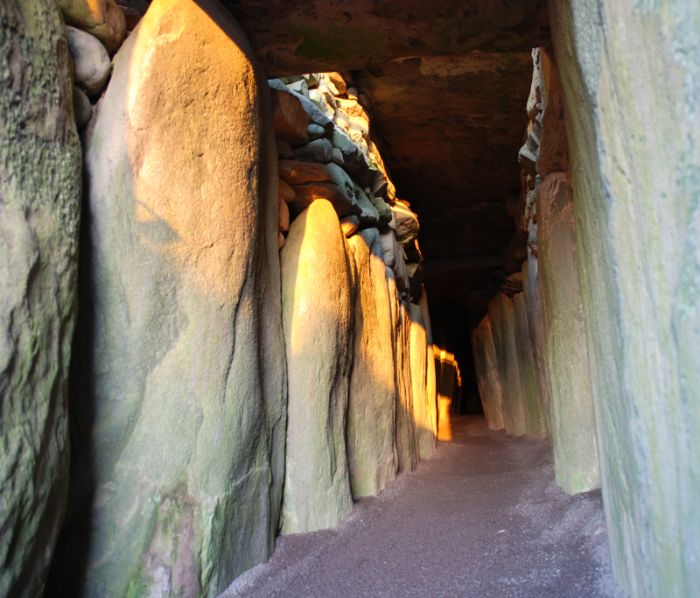
About The Boyne Valley
The Boyne Valley is a historically and culturally significant region in Ireland, located in the northeastern part of the country. It is renowned for its rich heritage, ancient monuments, and stunning landscapes. Here are some key aspects of the Boyne Valley:
- Historical Significance: The Boyne Valley is steeped in Irish history, with a heritage that spans thousands of years. It is best known for its association with prehistoric and megalithic sites, including some of the most famous passage tombs in Ireland.
- Passage Tombs: The Boyne Valley is home to several well-preserved passage tombs, which are ancient burial mounds built during the Neolithic period. The most famous of these is the one from above, Newgrange, which is older than Stonehenge and the Great Pyramids of Giza. Newgrange is renowned for its winter solstice alignment, where the rising sun illuminates the interior chamber on the shortest day of the year.
- Other Megalithic Sites Near Newgrange: In addition to Newgrange, there are other passage tombs and megalithic structures in the Boyne Valley, including Knowth and Dowth. These sites collectively form the Brú na Bóinne UNESCO World Heritage Site, attracting visitors from around the world.
- Historic Irish Towns: The Boyne Valley is dotted with charming historic towns and villages, including Drogheda and Trim. Drogheda, located along the River Boyne, has a rich medieval history and is known for its cultural heritage. Trim is famous for its well-preserved medieval castle, Trim Castle, which has appeared in films and TV series.
- Natural Beauty: The Boyne Valley is not only culturally significant but also offers beautiful Irish landscapes. The lush green fields, rolling hills, and the meandering River Boyne contribute to the region’s scenic beauty and you can see why they are a big part of the birthplace of Halloween.
- Irish Mythology and Halloween: The Boyne Valley features prominently in Irish mythology and folklore. It is said to be the setting for many ancient tales, including the epic saga of the Táin Bó Cúailnge (Cattle Raid of Cooley) and stories of the legendary warrior Cú Chulainn.
- Irish Visitor Attractions: The Boyne Valley is a popular tourist destination, with numerous visitor centers, museums, and guided tours available to explore its history and heritage. Visitors can learn about the region’s ancient past, as well as its more recent history and culture.
- How To Get To The Boyne Valley: The Boyne Valley is easily accessible from Dublin, making it a convenient day trip or weekend getaway for tourists interested in exploring Ireland’s historical and cultural heritage.
